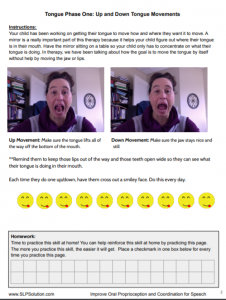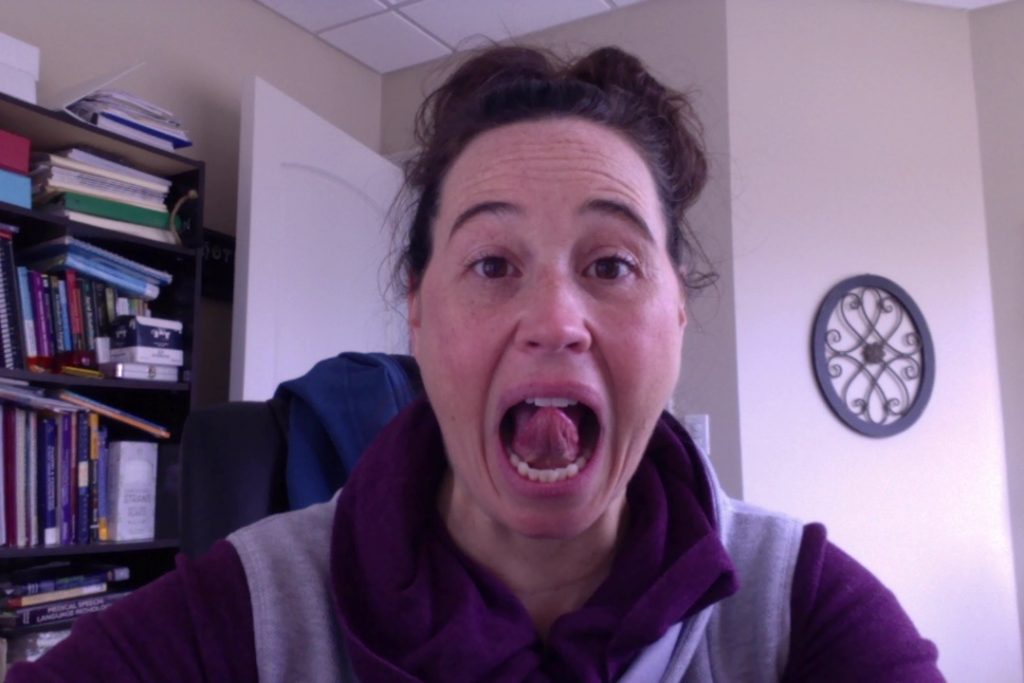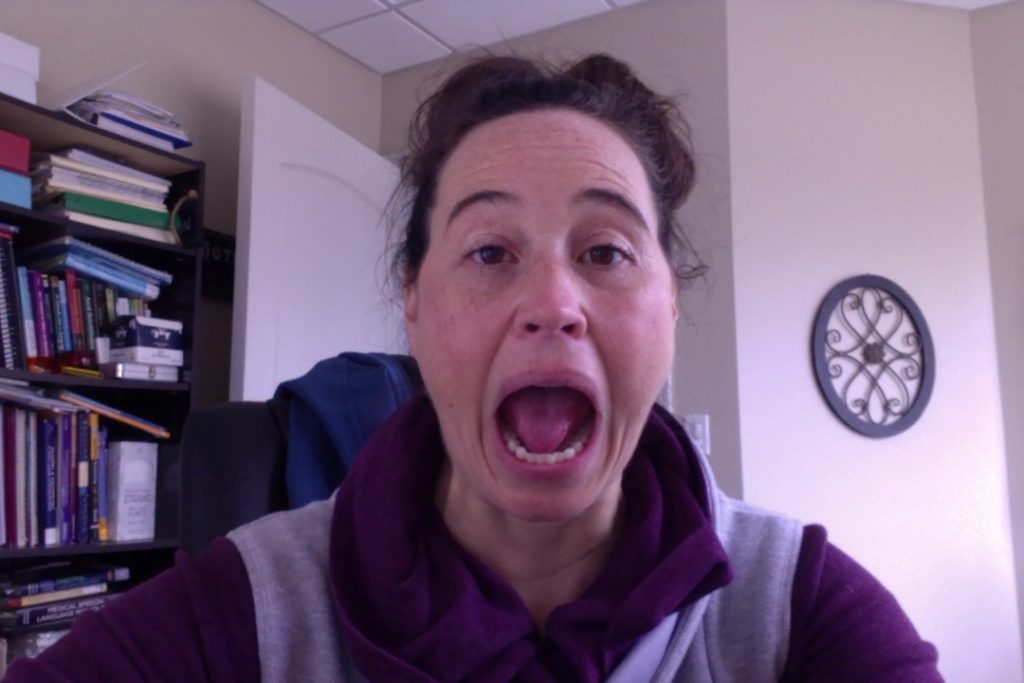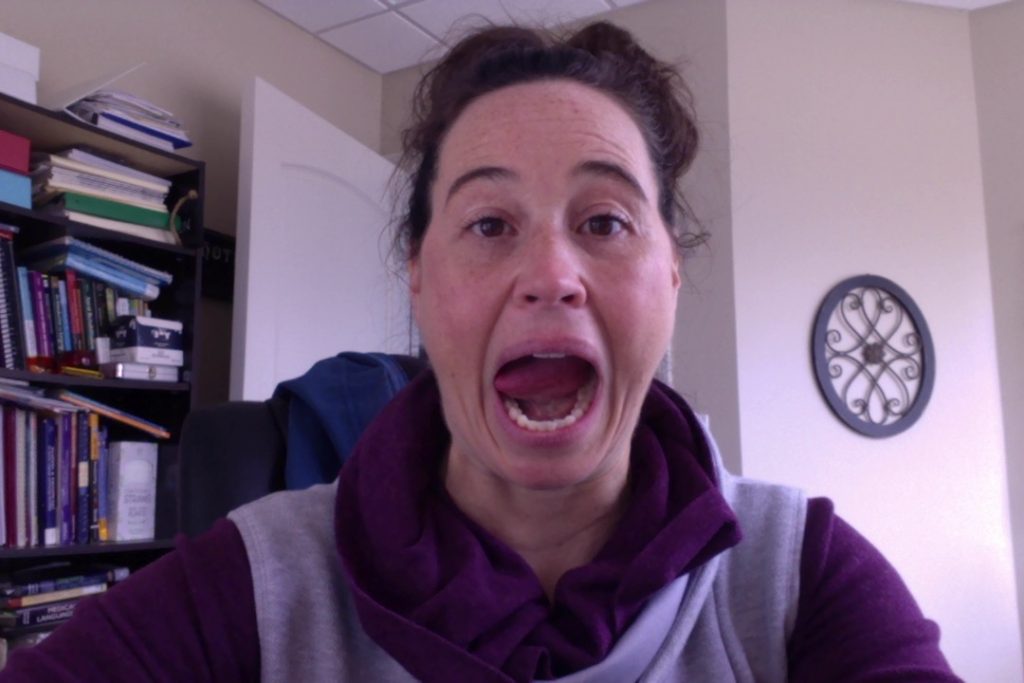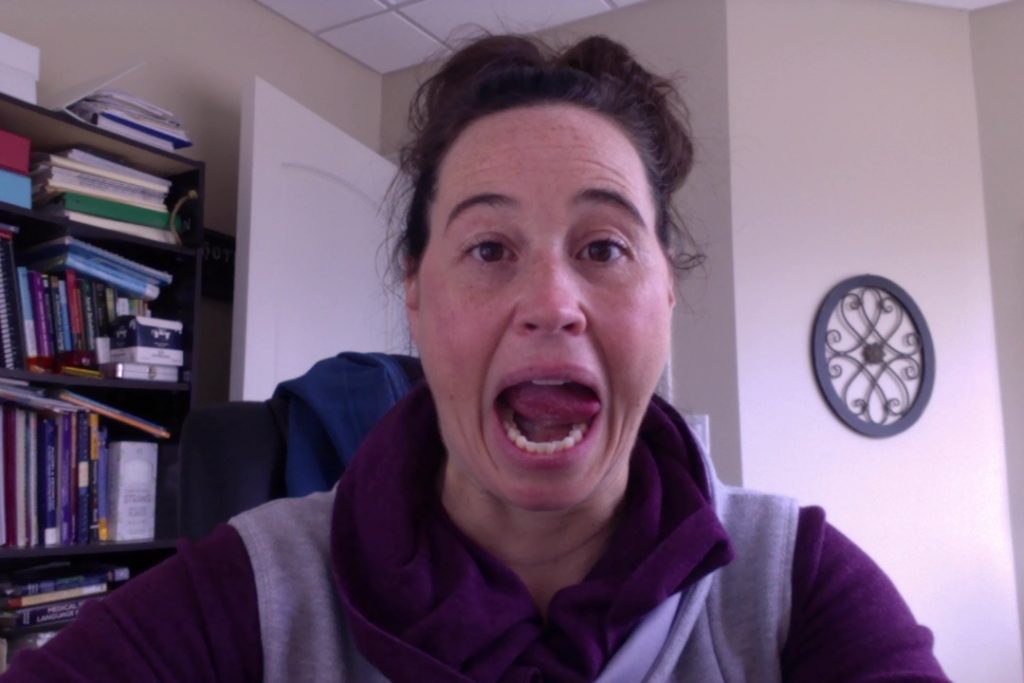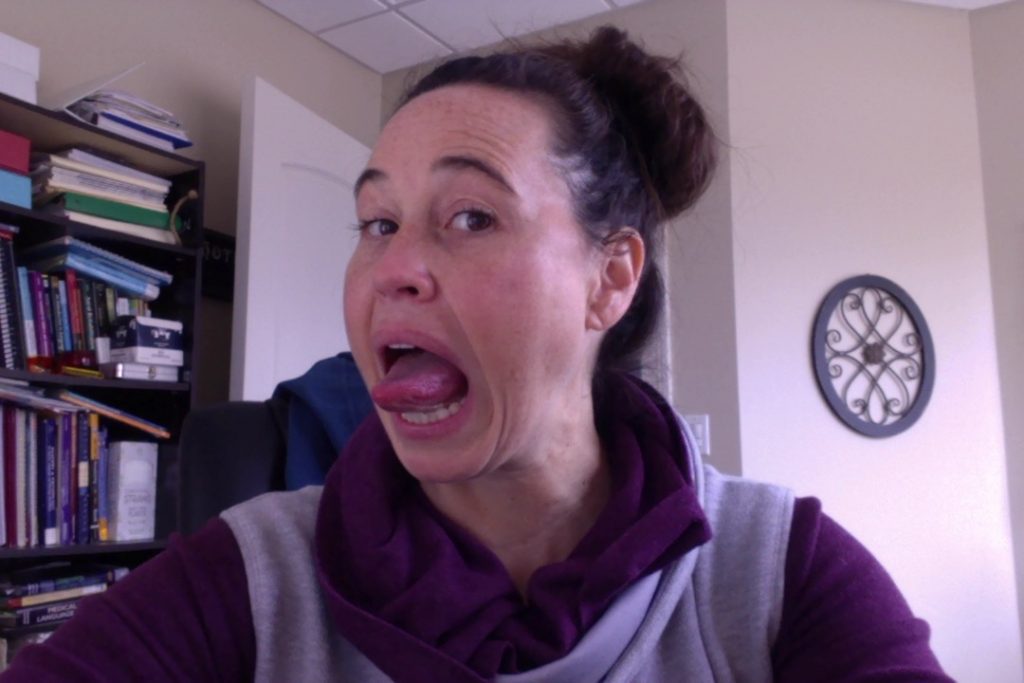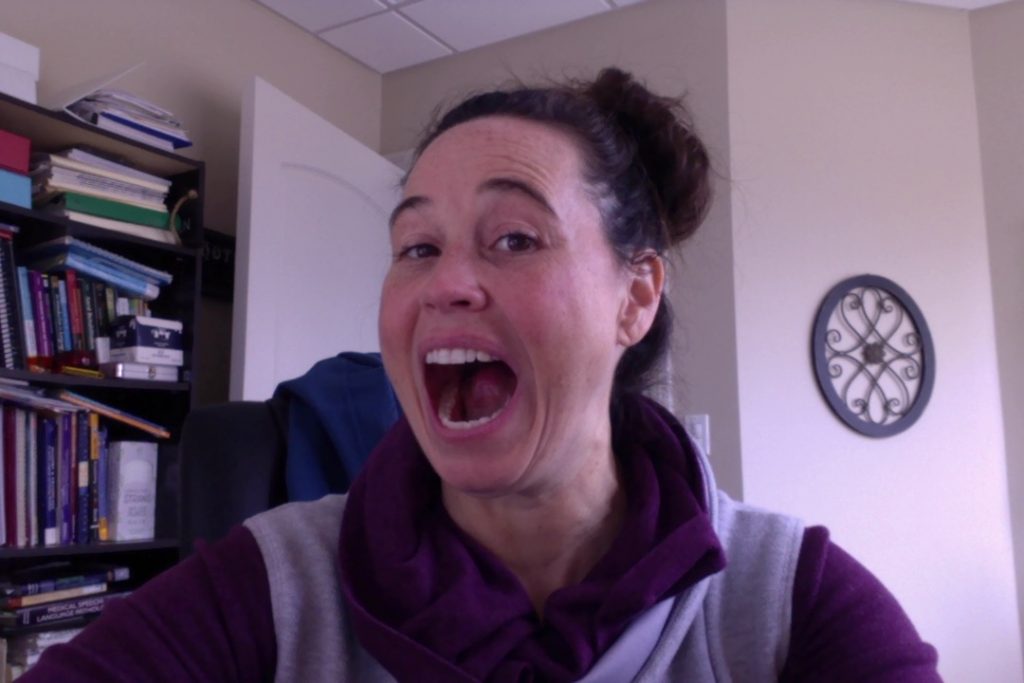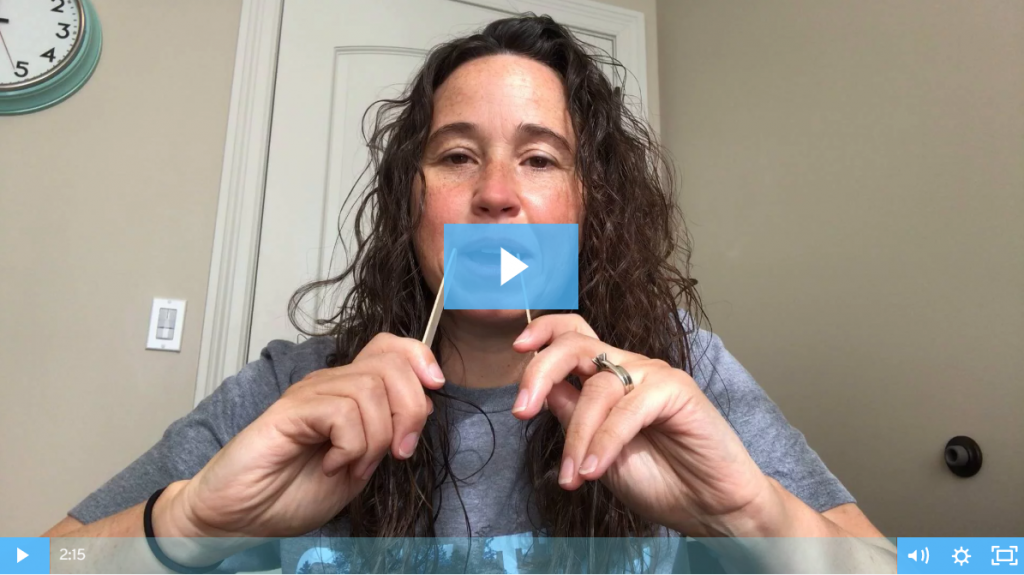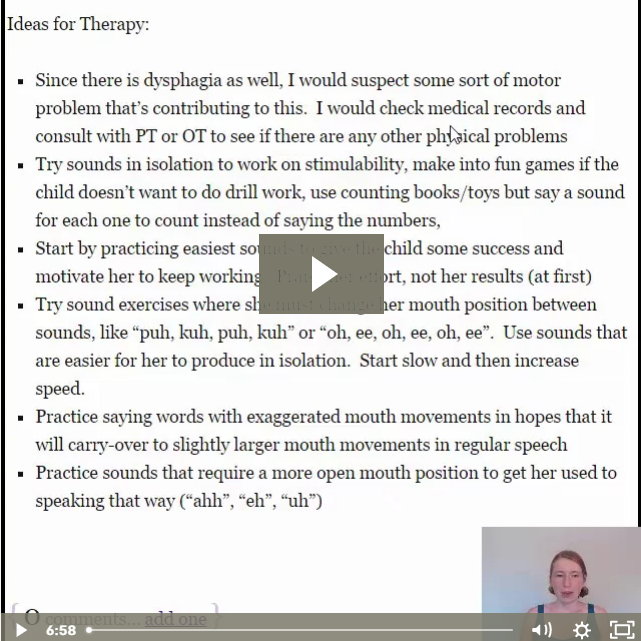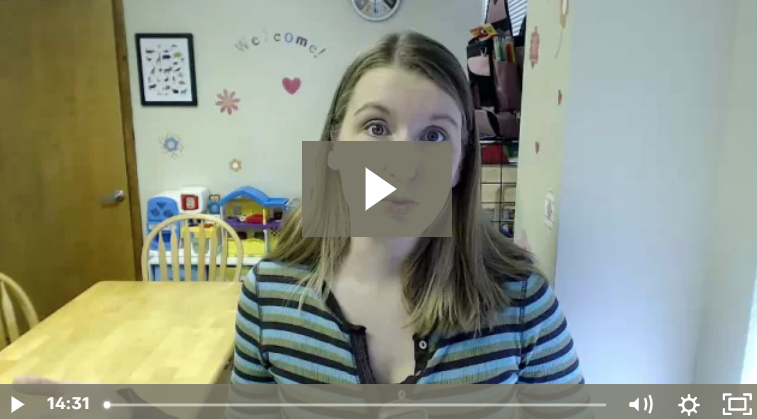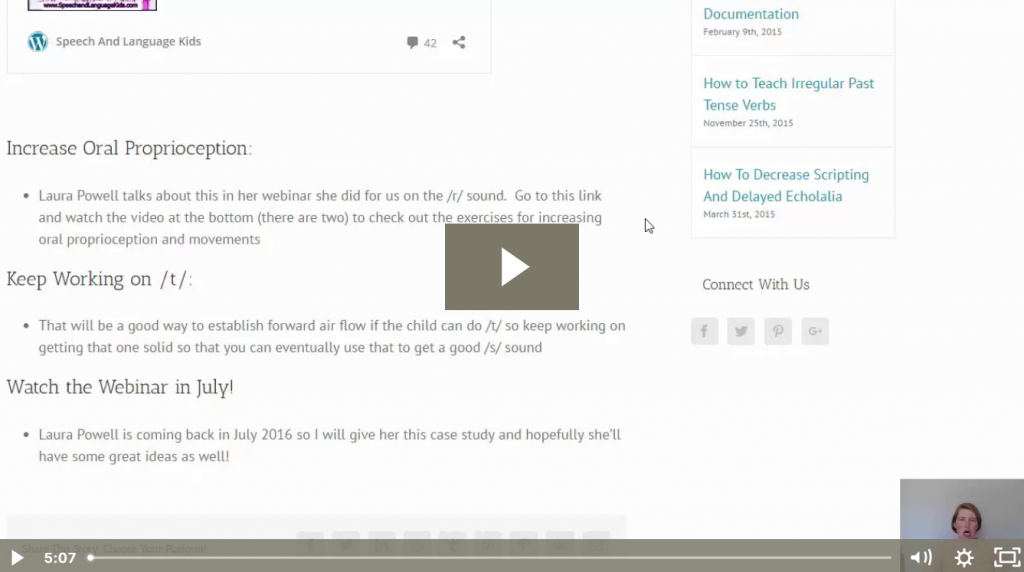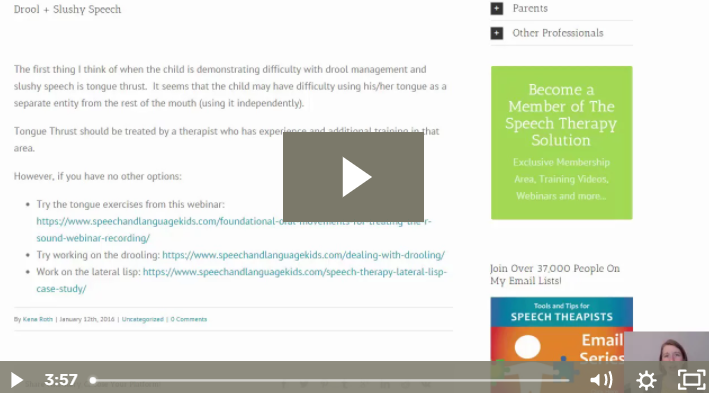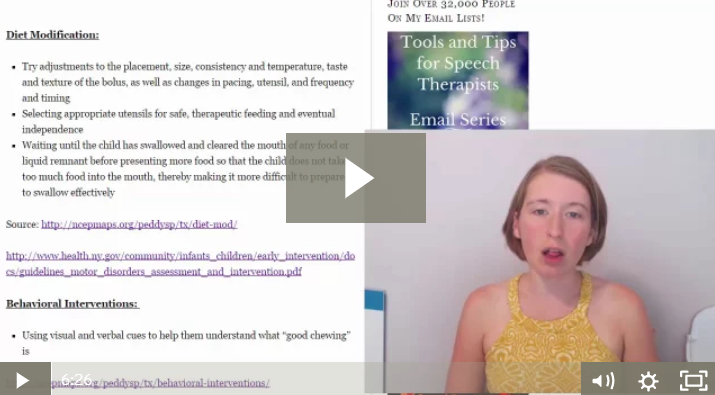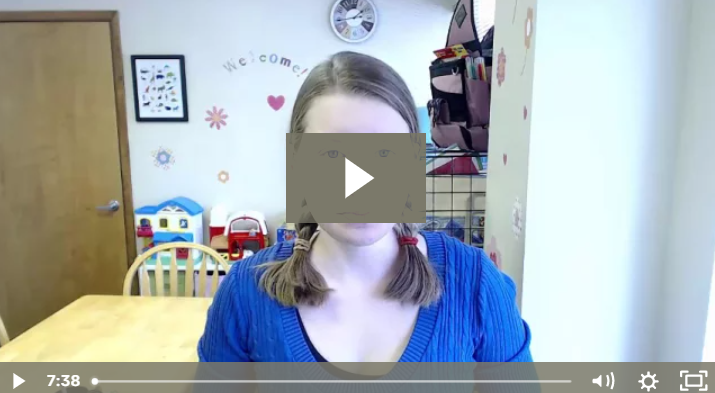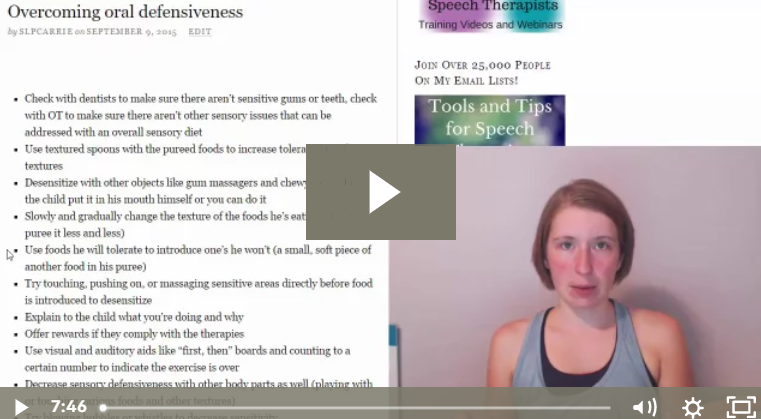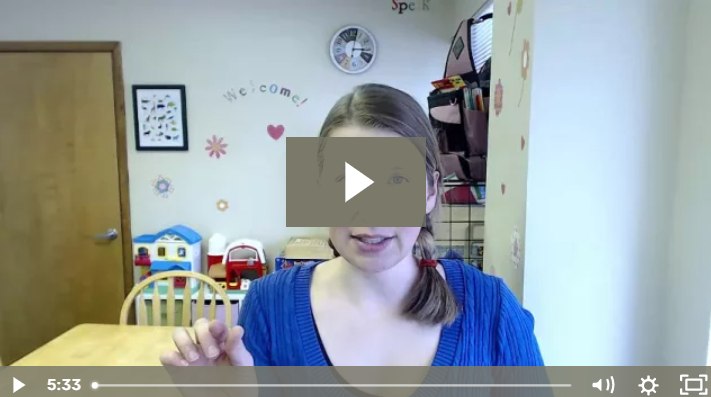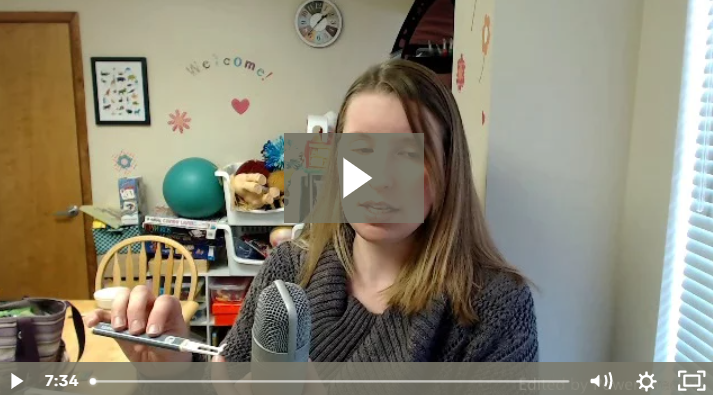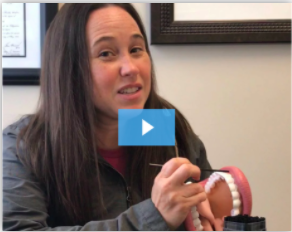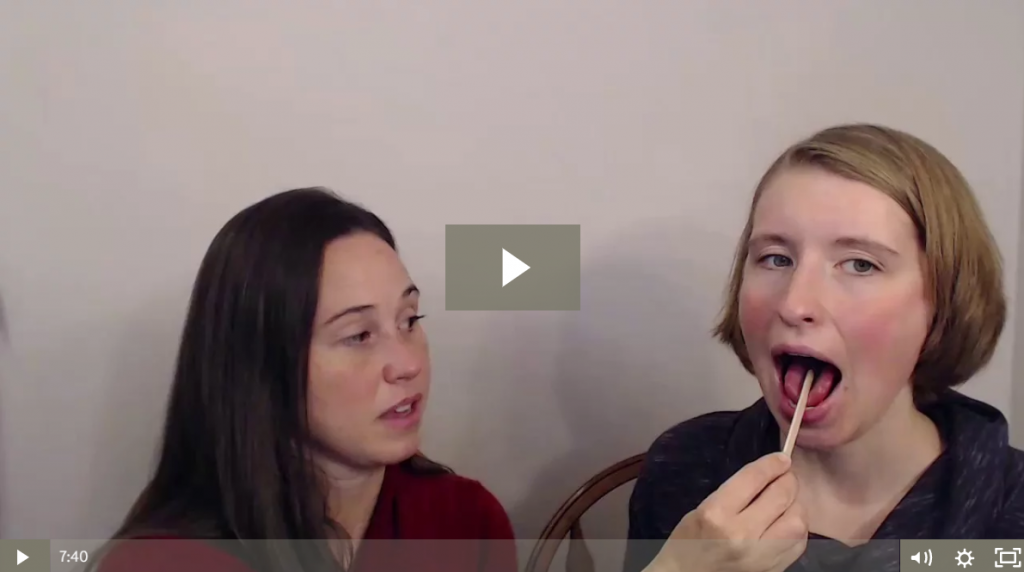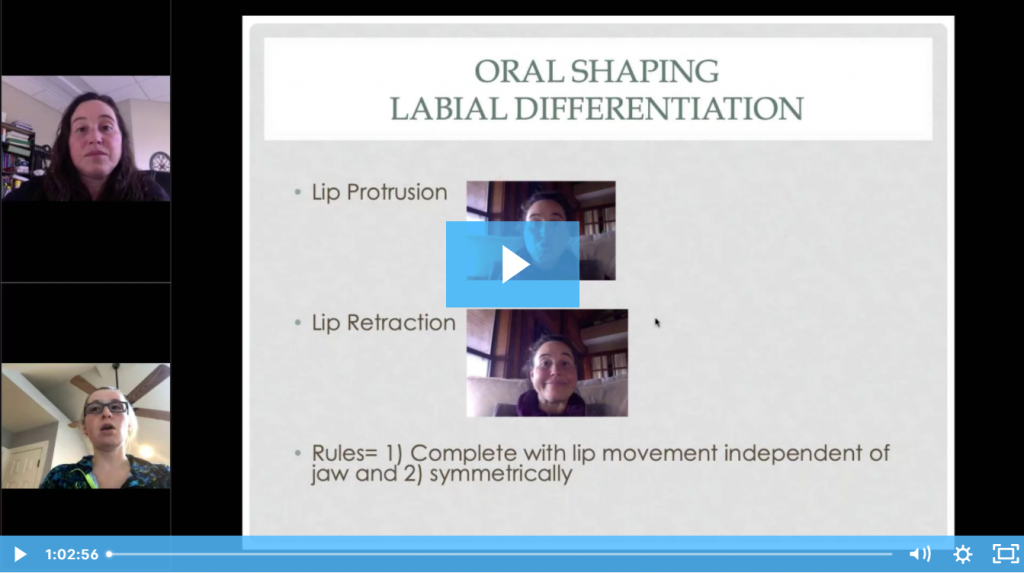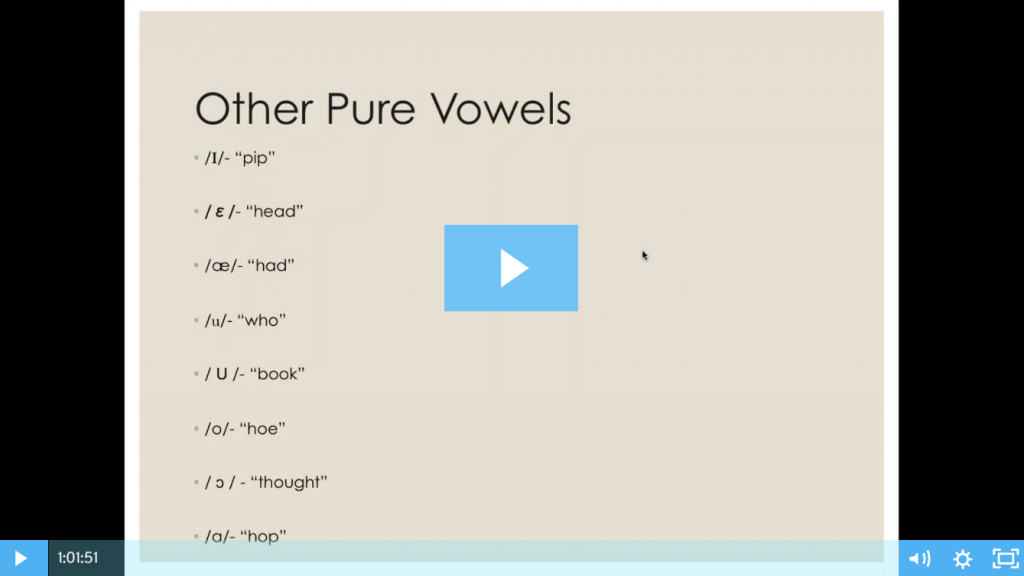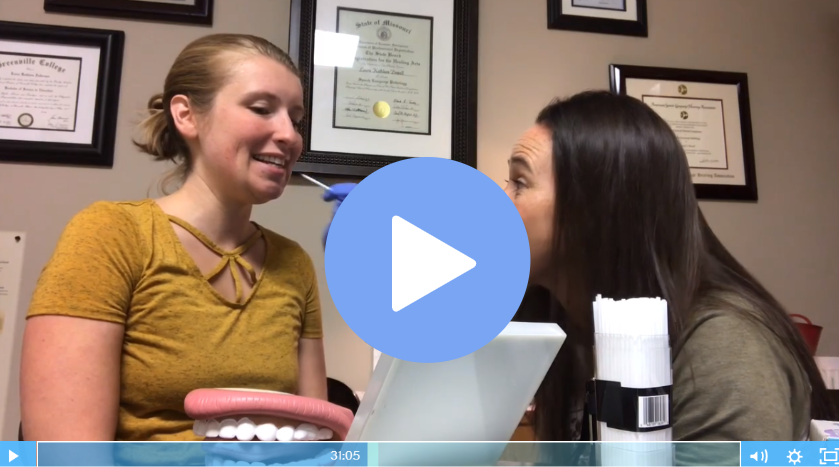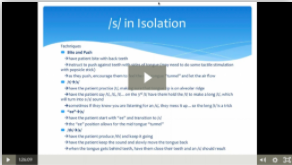Goal: Improve Oral Proprioception and Coordination for Speech
Long Term-Ultimate Goal:
The client will demonstrate adequate oral proprioception and coordination for placement of articulators during speech 85% of the time.
**Working on oral motor movements has become a hot button issue in our field due to the extensive research about how “non-speech oral motor exercises” (NSOMEs) are not backed by enough research. However, it IS sometimes necessary to help a child improve ability to move and coordinate articulators in order to get them into the correct placement for speech sounds. The overall goal of this page is to help the child be aware of their articulators and be able to put them where they need to go for targeted sounds. All of these tasks have a specific target related to speech sounds. A child who is not able to move his tongue independently from other oral structures will struggle to get the tongue, jaw and lips into the correct position to produce targeted sounds. For a full explanation of the differences between this and NSOMEs, read our guide here: https://members.slpsolution.com/condition-oral-motor-proprioception-concerns/
Sample Goals:
Medical:
LONG TERM GOALS:
1) The patient will independently self-monitor oral posture (lip/tongue) and function while mouth is at rest and during speaking.
2) The patient will be able to communicate her wants/needs and thoughts/ideas with no impact from speech deficits.
SHORT TERM GOALS:
1) The patient will independently complete oral coordination exercises to increase oral control for speaking with 85% accuracy.
2) The patient will independently monitor tongue position during saliva management for adequate speech with 85% accuracy.
School Setting:
**See Therapy Phases Section Below**
Download the No-Prep Therapy Kit:
We have a start-to-finish therapy kit that will give you everything you need to practice this skill in therapy and send home homework. Click the packet below to open it. Then, print it out and place it in the child’s notebook or binder.
Therapy Phases:
**You may not need to target all of these phases. Select the phase(s) that is most appropriate for your client according to needed skill. Evaluate which skill is needed for your targeted sound.
Target: Tongue
**Tongue placement and coordination is an important part of sound production. The skill of being able to tell your tongue what to do and where to go is a good foundation for all sounds.
Goal: By the end of the IEP cycle, the student will demonstrate adequate lingual range of motion and coordination in order to have appropriate place for targeted sounds by mastering the following objectives.
- The client will elevate and depress tongue, with the use of a mirror, independent of other oral structures (e.g. lips, jaw, etc.) on 8 out of 10 trials on 3 consecutive days.
- The client will demonstrate lateral lingual movement, with the use of a mirror, independent of other oral structures (e.g. lips, jaw, etc.) on 8 out of 10 trials on 3 consecutive days.
- The client will protrude and retract tongue, with the use of a mirror, independent of other oral structures (e.g. lips, jaw, etc.) on 8 out of 10 trials on 3 consecutive days.
- The client will elevate lateral/posterior margins of the tongue, with the use of a mirror, independent of other oral structures (e.g. lips, jaw, etc.) on 8 out of 10 trials on 3 consecutive days within the therapy setting.
Target: Lips
**Lip coordination is vital for many sounds, including /r/, /sh/ and /ch/. Labial movement without jaw involvement will help the sound be more natural and feel more comfortable.
Goal: By the end of the IEP cycle, the student will demonstrate adequate labial coordination in order to be able to have adequate place and manner for targeted sounds by mastering the following objectives.
- The client will protrude lips, with the use of a mirror, independent of other oral structures (e.g. jaw) on 8 out of 10 trials on 3 consecutive days.
- The client will retract lips, with the use of a mirror, independent of other oral structures (e.g. jaw) on 8 out of 10 trials on 3 consecutive days.
Target: Saliva Management
**There are times when saliva interferes with speech production. This phase would be appropriate in that case.
Goal: By the end of the IEP cycle, the student will be able to demonstrate adequate suctioning and swallowing skills for saliva management to improve speech output by mastering the following objectives.
- The student will be able to use suction to draw cheeks toward midline, with the use of a mirror, for saliva bolus collection on 8 out of 10 trials on 3 consecutive days.
**If lip seal is inadequate, that would need to be targeted first (see lip coordination goal)** - The student will be able to demonstrate an adequate swallow (i.e. clear saliva bolus) following saliva collection with no more than 2 prompts during a prescribed amount of time (e.g. therapy session, car ride) on 5 consecutive days
Supplemental Materials
Here are some other resources that may help you when working on this skill:
Oral Motor Proprioception Exercises:
Training Videos:
Need some extra help on treating this skill? Check out these related training videos:
How to Deal with Oral Structural Problems
Such as tongue tie, missing teeth, velopharyngeal insufficiency, etc.
Webinar Recordings:
If you need some in-depth information related to this skill, check out our related webinar recording(s):

